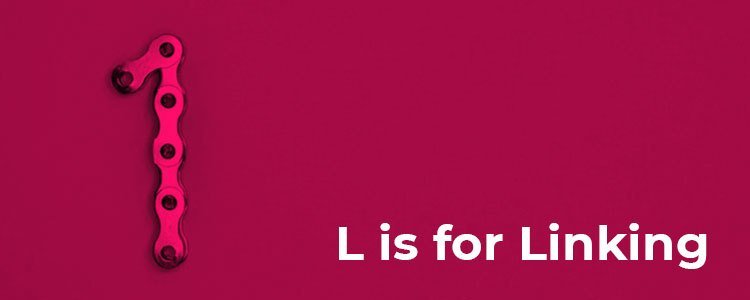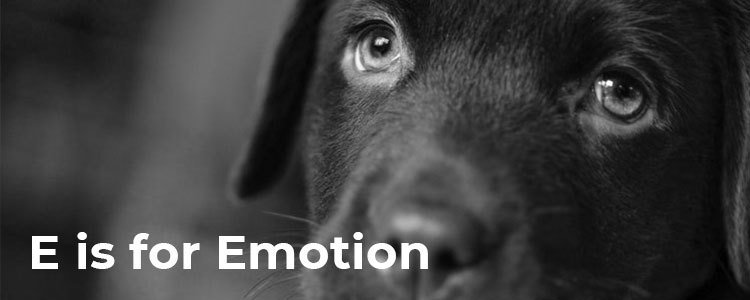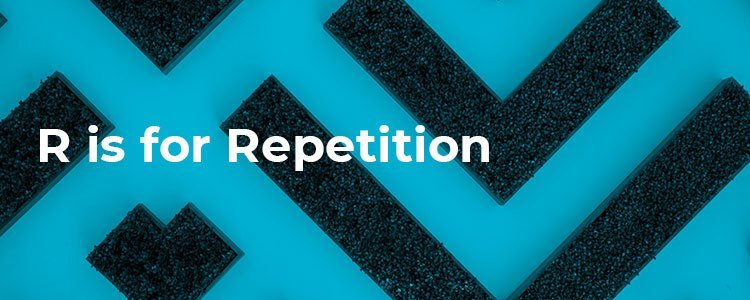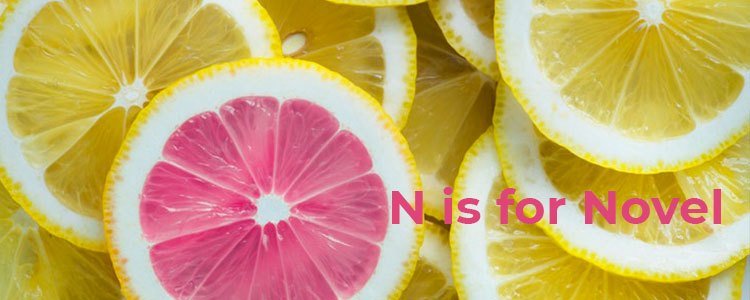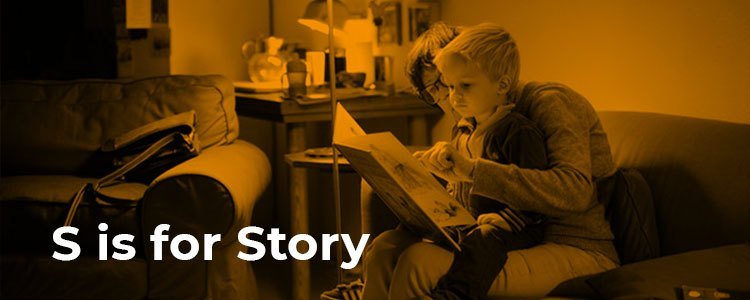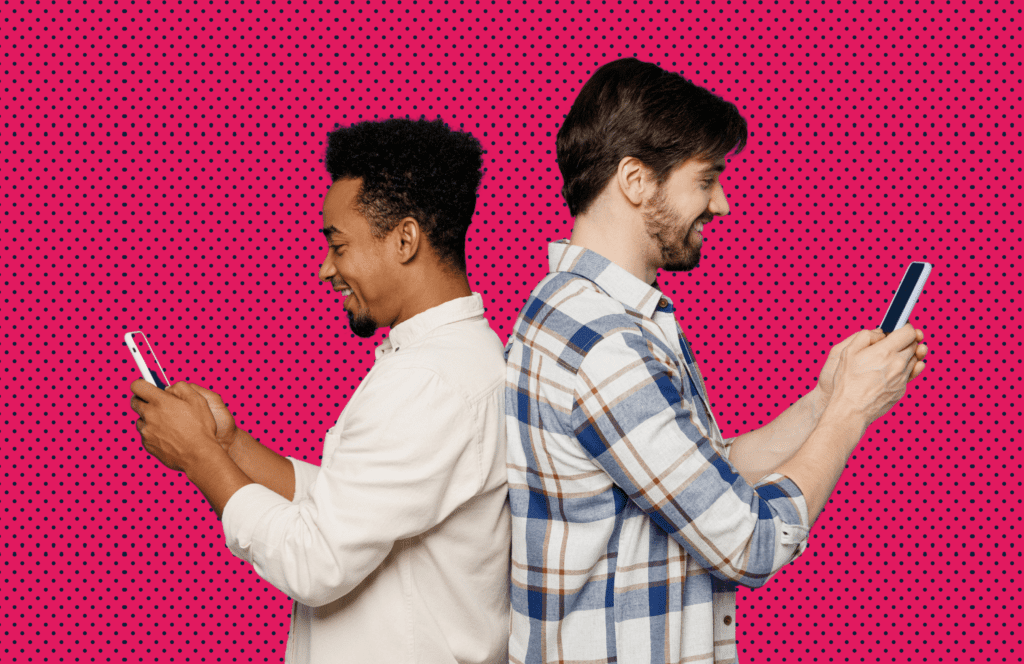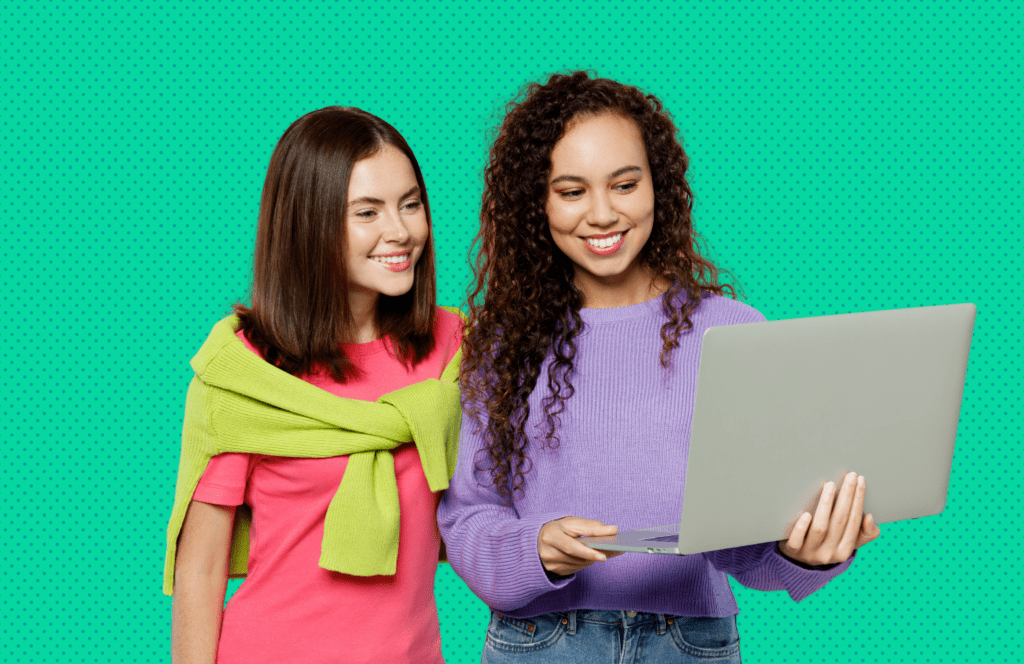How to make brain-friendly learning that sticks (Expert interview)
7 minute read
What does it take to make brain-friendly learning? We interviewed Learning Psychologist, Stella Collins, to find out. Stella offers six key ways you can work with the brain to help make learning stick, all wrapped up in the useful (and brain friendly) acronym: LEARNS.
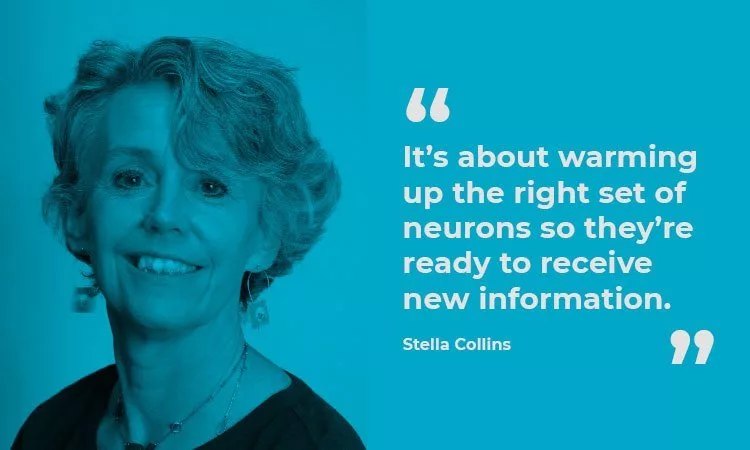
Learning design: meet brain science
Learning Psychologist Stella Collins knows a thing or two about making brain-friendly learning. When we asked her what it takes to make learning stick, we knew she’d have some great tips. Whether you’re a learning producer, designer, subject expert, or facilitator, our interview with Stella reveals what the brain needs to turn content into memorable learning.
Forget the short-term memory fixes. Here, we delve into what’s needed to make sticky learning – helping people to form new long-term memories, habits and behaviors.
Neatly wrapped up in the brain-friendly acronym of LEARNS, watch the video to find out six devices you can use, or read below for a summary of Stella’s expert advice.
How hard is it to learn something new?
“Sometimes what feels easy actually makes learning harder.”
Learning something new is hard! It might feel easy to listen to someone or read something yourself – but that’s not real learning. That won’t stick.
If you want to properly learn something, you have to put a lot more effort into it and do something more active. Learning uses a lot of energy. Actively participating in learning may feel harder at the time, but it makes you more engaged and motivated, which is essential for learning. In our modern quick-fix digital culture, we need to remember that when it comes to long-term learning, energy and effort in = learning out. (See 0:37 of the interview to learn more.)
What can Learning Designers do to make sticky learning?
“Use our handy checklist: L-E-A-R-N-S.”
It’s really important that Learning Designers understand the learning process. In the past, a lot of people have had theories and models about how to teach. But Learning Designers need to think about how people learn. Part of the model Stella uses is to help people create more memorable content, and this part includes an acronym called LEARNS. It’s a useful checklist that helps people design brain-friendly learning that’s more “sticky.” Here’s what it means…
L is for linking.
“It’s about warming up the right set of neurons so they’re ready to receive new information.”
It’s basic brain science. When we’re learning, our brain is literally trying to link neurons together. So, if your content can link to what people already know, it has something to hang on to. It’s a bit like warming your legs up before going for a run – but instead, you’re helping get a particular part of the brain ready to implant new information.
How might you do this?
Guessing has been shown to be a really good way to create links. Evidence shows that getting people to guess the answer, even if they get it wrong, increases their ability to remember the correct answer, so long as they get the correct answer shortly afterward.
You can also try asking someone what they already know or do to trigger links. You could do this by running some social polls, asking what’s familiar to them, or even using something that’s similar to what they’ll learn, like a metaphor. Learn more about linking at 3:45 in the interview.
E is for emotions.
“Without them, we find it hard to make decisions.”
Emotions are often talked about in learning design. But why does the brain need them? Without emotions, we struggle to make decisions, says Stella. Since we’re trying to encourage people to take up new behaviors and habits, we need people to be able to work out what’s important or not. And, we need to help them decide what to do in given situations. That means creating emotional ties.
Fundamentally, if we like or enjoy something, we want to do it again. We get a dose of dopamine, a highly addictive neurotransmitter, which makes us want to repeat stuff to get another hit. On the flipside, if something’s unpleasant or we get frightened, we get warned off doing that thing again.
Get some elearning best practice tips to linking emotion into your content.
Should we only use positive emotions in learning?
Not necessarily. Using a certain amount of fear to warn someone away from doing the “wrong” thing can work too. If the fear is too overwhelming, it’ll reduce someone’s cognitive, high-level thinking ability, so it needs to be measured and combined with the “escape method.” In other words, if someone sees a fire door blocked, following a “fire fear” story, and they understand the issues that can cause, they are more likely to remove the obstacle. They may get a satisfying hit of dopamine as a result, because they’ll know they’ve done the right thing.
Find out more about using emotions in learning at 5:59 in the interview.
A is for anchors.
“Think Pavlov’s dog. It’s about creating deliberate links between two things.”
I say “tomato,” you say “ .” An anchor is about creating deliberate links between two things to help trigger a memory or drive an action. It’s used heavily in advertising – through jingles, for example – to connect our minds to a brand.
While people will often create their own anchors for learning, Learning Designers and facilitators can help create deliberate anchors, such as a visual prompt that recalls a useful story. It could, in fact, be anything. In one of Stella’s programs, she explains they strongly link “chocolate” to “brains.” So, when the facilitator says “chocolate,” participants will automatically say “brains” and begin thinking about how the brain works (I’ll now never look at a Walnut Whip the same way!). Discover the best way to use anchors at 8:29 in the interview.
R is for repetition. That’s repetition.
“New neuronal connections are fragile. Repetition strengthens them, and speeds them up.”
The forgetting curve is well-known. Why is one time never enough in learning? Stella explains that learning is the creation of new neuronal connections. When they are first formed, they’re fragile and easily disrupted. In order to make new connections stronger, they need to fire over and over again.
Repetition makes the connections stronger and the neurons fire more effectively, speeding up over time. But, crucially, it’s not the facilitator or content that needs to do the repeating. The work has to happen in the learner’s brain. Think exercises, practical applications, and spaced practice. Learn more about repetition at 10:37 in the video. (Learn more about repetition at 10:37 in the video.)
N is for novelty.
“Because we pay attention to what’s new, and ignore stuff that’s boring.”
If you do the same commute day in day out, chances are you don’t pay attention to it. But any time something funny happens, we tell the story. That’s because, as Stella explains, we pay attention to things that are new. We filter out things we see time and time again and don’t notice stuff that’s the same – it becomes boring.
We’re more likely to remember what’s novel and tell others – a form of repetition. But it’s also great if you want your sticky learning messages to spread virally. So, consider how you’re grabbing your audience’s attention. Discover new tips about novelty at 12:29 in the video.
S is for story.
“We’ve told them forever. They feature all the other letters.”
Stella brings the facts into our love of fiction. Conjure up a good story, and you’ll find you can tick off all the other letters from LEARNS. Stories:
- Create Links with our lives, pictures, emotions and voices in our heads
- Emotionally engage us
- Often use Anchors that are used repeatedly through plot lines, characters or stylistic approaches
- Have Repetition within them but also drive us to retell and repeat them to others
- Are particularly memorable when they are Novel stories, and most of the best ones are
So, when you hear Learning Designers pushing subject experts for stories – good and bad – it’s for a reason. They’re not just “nice to have.” But they have to be good stories to work!
Hear more about stories at 14:27 in the interview.
Something to sleep on
If a colleague or friend has ever said they’re going to sleep on your idea, chances are they weren’t just fobbing you off.
Hiding at the end of the video, Stella divulges another fascinating element essential to learning: sleep. It’s at night we process the information we’ve received in the day. Shorter learning bites are on the rise, but, as Stella explores, there may be more to this than meets the eye. Perhaps there’s a limit to how much we can take in before we need to sleep on and process it? From apps to naps? I like where this is going. Here’s to more siestas in the world of workshops too. Check out the video at 17:27 to hear Stella’s insights on this.
Final thoughts
Stella Collins has provided six fantastic devices to help you make learning that sticks, all wrapped up in the memorable anchor of LEARNS. What can you do to make it your team’s learning design habit?
Next steps…
Trying to come up with a winning brain-friendly approach for your project? Try our handy Conceptualize Guide.
About Stella Collins
Stella Collins is a Learning Psychologist and Director of Stellar Learning, who specializes in applying brain-friendly methods to improving communication and performance at work, including delivering Train the Trainer programs. She is also the author of “Neuroscience for Learning and Development” and a frequent speaker and panelist at key L&D Conferences.


